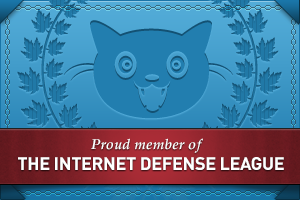
- Image by cobalt123 via Flickr
There are five elements according to Feng Shui lore. Each has its own set of characteristics and its own role.
Wood
The energy of wood flows upwards. It is active and full of hope. It is akin to the enthusiasm and optimism you might feel on a sunny morning. The Feng Shui element of wood represents the sun rising in the east.
Fire
Fire energy is outward and colourful. Fire is expressive and akin to the determination you may feel during a hot but successful summer’s day The fire element represents the midday sun in the south.
Earth
The energy of earth flows down the way. It is a secure and settled. In Feng Shui the element of earth is used to present the setting of a south-western sun.
Metal
The element of metal is used to represent chi flowing inwards and becoming narrower and contained. Metal is completion. The element is aligned to the sunset in the west.
Water
Water energy is flexible and healing. The element is symbolic of night and the northern midwinter horizon.
In Pure Spirit
Which of the five elements do you tend to work with more often? Or do you keep the elements in balance?









